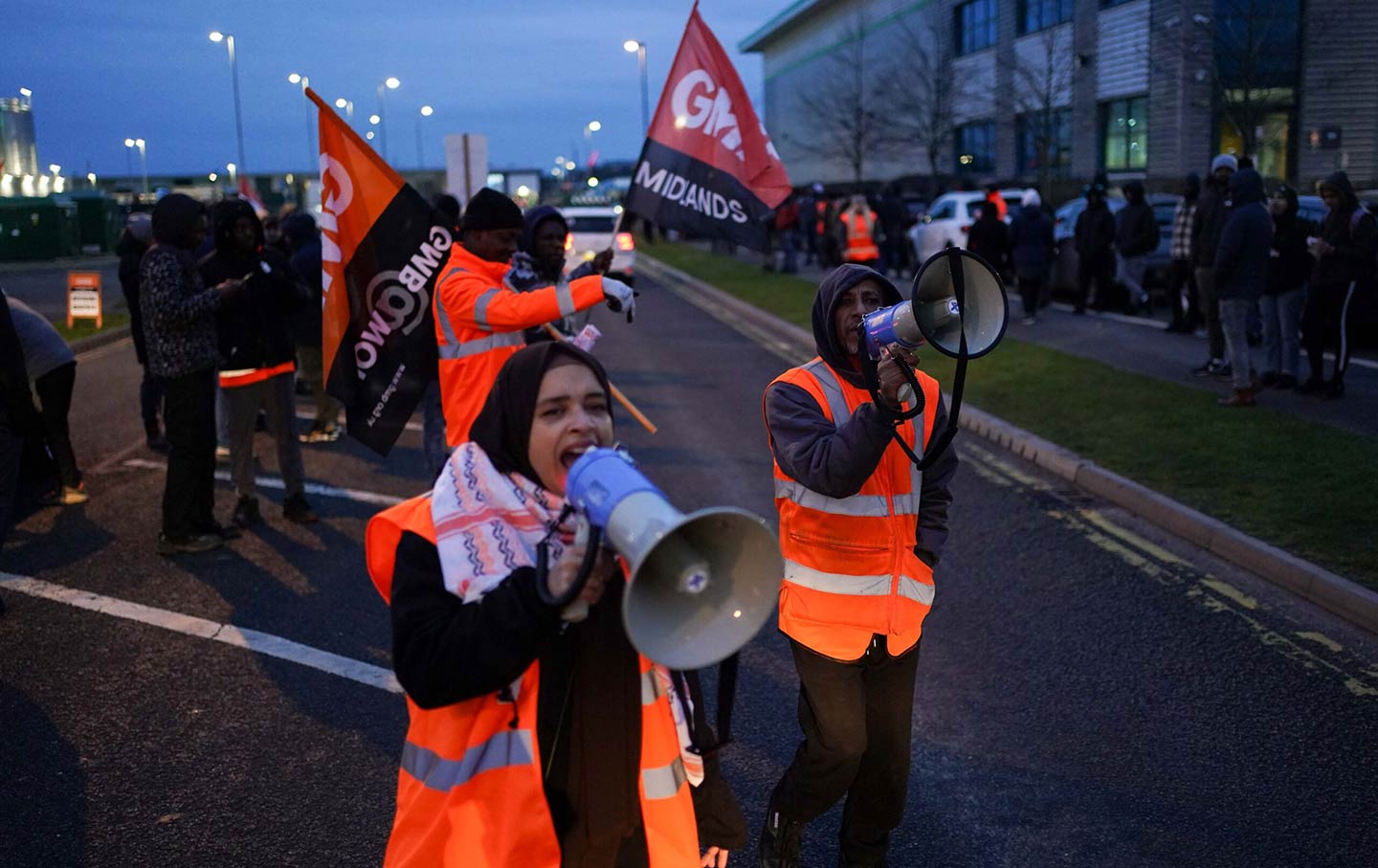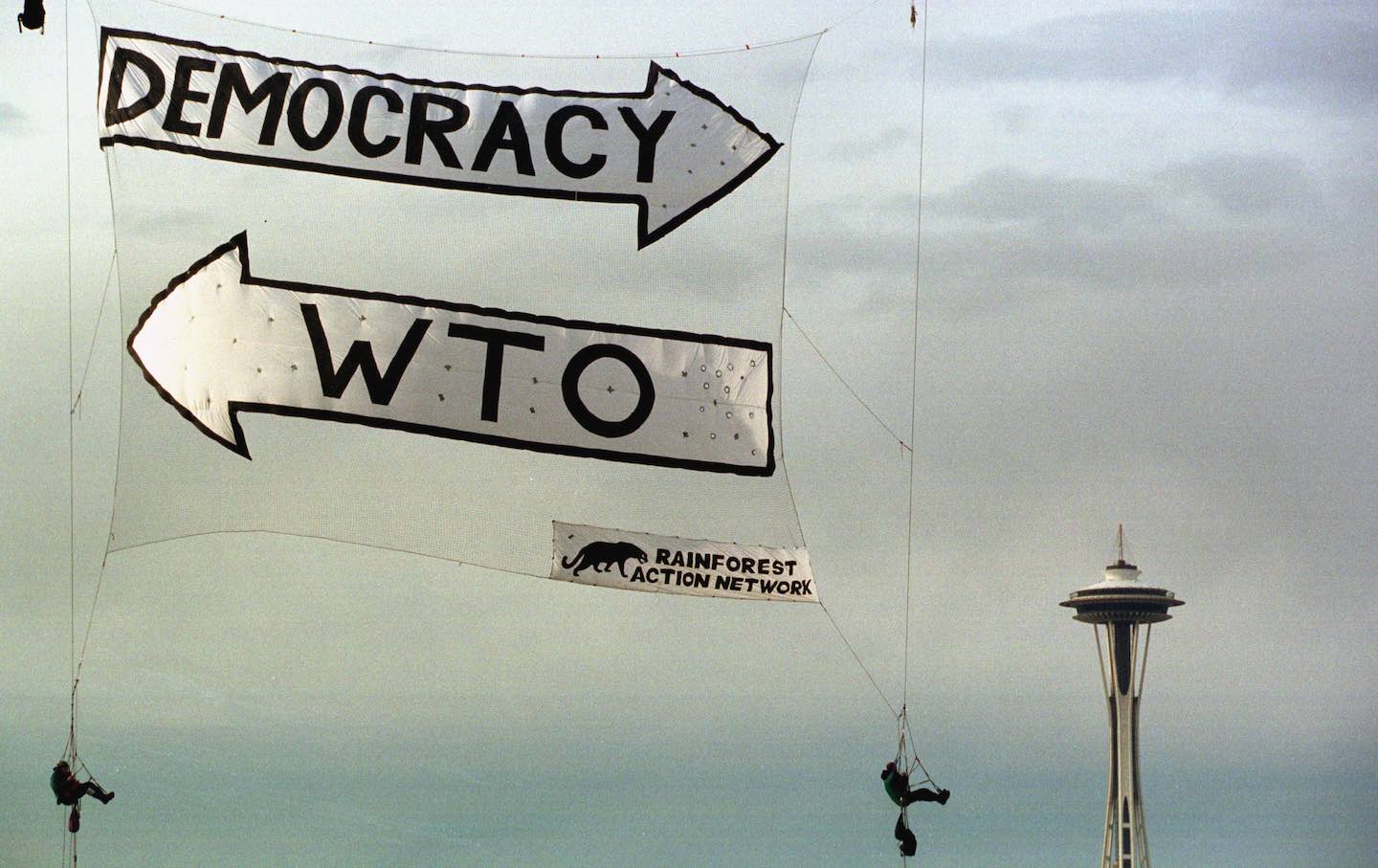Enjoy Labor’s Tailwinds—but Don’t Forget to Keep Rowing!
The recent upsurge in organizing is worth celebrating, but workers can’t afford to rest.

Are we in an upsurge of labor organizing? And if we are, what does that mean for workers trying to organize their unions to win the changes they need?
The tight labor market signaled by the Great Resignation—when so many workers took individual action, leaving jobs and employers they hated—has converged with other economic and cultural trends to create a unique set of conditions that support union organizing. From Trader Joe’s to Apple to smaller, regional chains and one-off kitchen shops, workers have been turning individual indignation into collective action to change the quality of their work lives by staying put and transforming their workplaces rather than hopping between shitty jobs. But once the unemployment rate begins to rise again and it becomes harder to walk away, it will matter whether they’ve done the work to build durable organizations and a good union standard across their sectors—and whether they know how to keep doing it when times get tougher.
What lessons should workers draw from the recent rapid-fire union election victories, especially given that national unions have a long history of missing the moment because they lacked imagination and the will to take necessary risks? The answer to this question is important, especially as the current favorable makeup of the National Labor Relations Board may prove fleeting. After workers at a Starbucks store in Buffalo won their unionization votes in December of 2021—a first at the company—and the Amazon Labor Union did the unthinkable in the spring of 2022 by beating Jeff Bezos at the JFK8 warehouse in Staten Island, the temptation to throw out best practices and take shortcuts in organizing has been growing.
But the basics of what it takes to win real improvements in the workplace, as with climate, racial, and gender justice and other progressive issues, haven’t changed. Winning an election, whether it’s for a union or a political candidate, is just the first step; securing and enforcing lasting change depends on knowing how to build and sustain power past the initial surge. Analysts like Liza Featherstone have pointed to exciting developments in the past year, but those wins didn’t come about through magic—they were the results of hard work. The United Auto Workers’ methodical organizing, using what it has dubbed the “30-50-70” (percent) model, is guiding its valiant effort to organize the vast nonunion regions of the auto sector on the heels of a terrific strike against the Big Three. (Disclosure: I’ve been a UAW member since 2014, both through the National Writers Union and as a researcher at UC Berkeley, where we struck in 2022.)
Having participated in my share of union drives that turned recognition-election wins into powerful first contracts in less than a year (compared with the 465-day average for other workers who eventually do win a contract), I’ve got a not-so-hot take: The currently favorable conditions that give organizing the kind of upsurge that can feel like magic need to be understood for what they are—a boost that changes the speed but not the nature of the work. Those tailwinds let us advance more quickly through the steps of building and testing workers’ structured power to force the employer to the table. But that doesn’t mean we can simply sail past those steps because they’ll take care of themselves. Before we get too excited about even the hottest shops that are currently organizing themselves, we need to ask how many of the headline-grabbing unionization efforts from 2022 have managed to win the changes the workers were seeking.
On the other hand, the strikes by hundreds of thousands of workers in 2023 proved that when they do have a union contract—and are committed to building supermajority collective power through organizing and mobilizing—workers can win, and win big. Maintaining structured organizing efforts made those strikes—and the life-changing contracts they made possible—strong enough to withstand the same union-busting law firms that have prevented other unions from ever getting to contract.
In practice, this involves workers selecting the most respected among them to become the backbone of the effort. These workers then begin to chart their workplace, methodically checking to make sure they reach every tentacle of the organization and not leave any workers or key units behind. Next comes what organizers call “structure tests,” or mini campaigns in which workers go public with a petition (signed only by workers in the facility) that their employer will see, making a key demand; these assess the workers’ resolve to take increasing levels of risk together. Reaching majority and then supermajority status for these structure tests—the 70 percent in the UAW’s model—can take a long time. But even when these thresholds are achieved in days or weeks rather than the usual months—the momentum of the upsurge—this strategic work is still indispensable.
One of the shortcuts we can’t afford to take even in the best of times—though most unions unfortunately do—is failing to bring the workers’ organic communities into their organizing efforts. Bosses are always organizing on the “neutral ground” of the community—families, city councils, houses of worship—and we cannot forfeit these arenas to top-down decision-making by corner-office holders and elected officials. Workers who have learned how to systematically organize inside their workplace are uniquely positioned to push their community’s sentiment in a pro-union direction, building a bottom-up community commitment to change the terms of engagement in workers’ favor.
We all hope the organizing that’s been taking place lately is massively successful—and soon. But we also shouldn’t use the current tailwinds as an excuse to stop teaching each other how to row. The fundamentals of organizing don’t change just because we’re moving faster—and we’ll learn that the hard way when those winds turn against us. Given the odds against workers, all victories are worth celebrating, but we can’t afford to rest until we’ve seen those wins codified in a union contract—enforced by an organization that keeps going toe to toe with the bosses, the union busters, and the political elites. Nothing else will do it.








